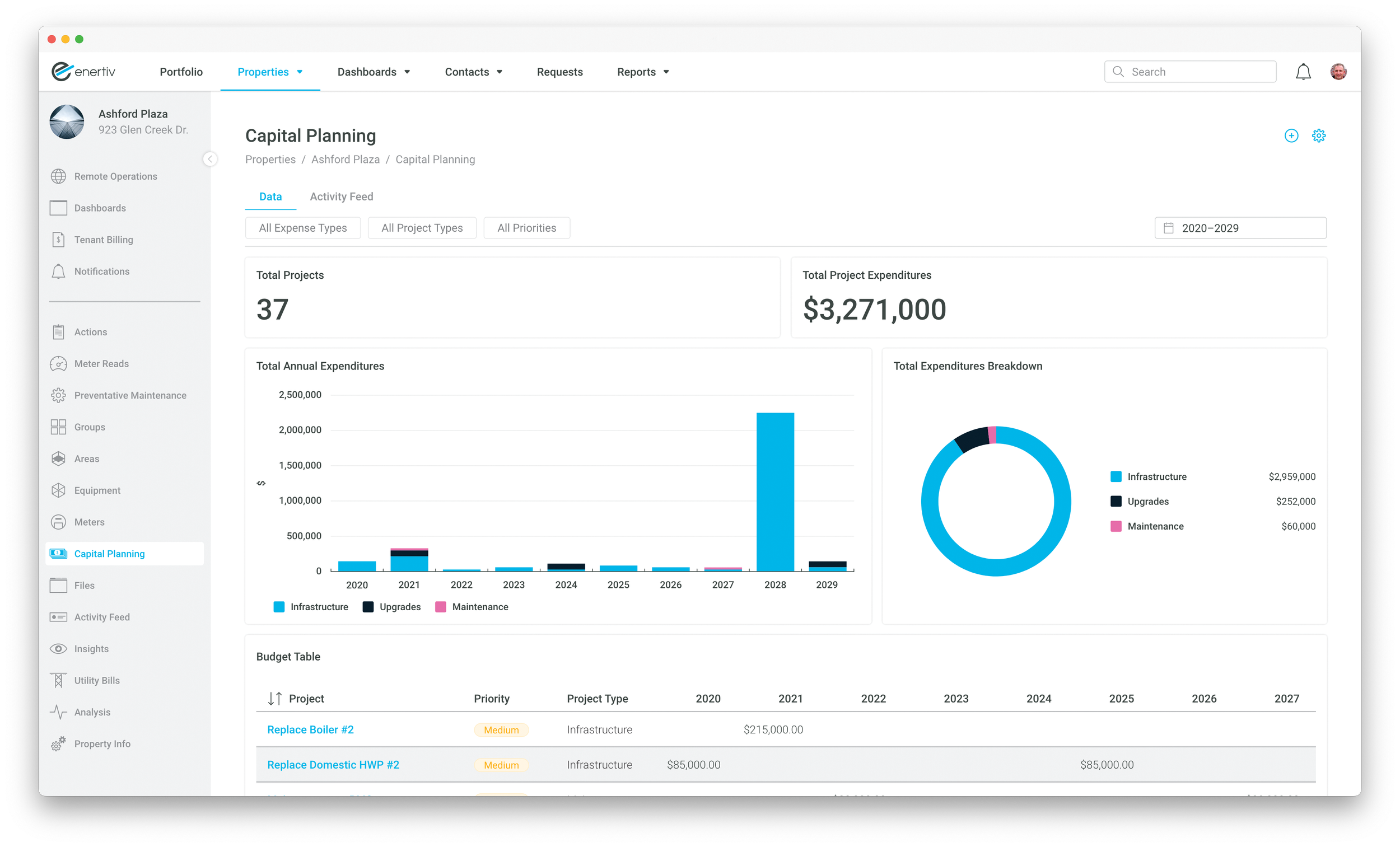Introduction
There’s been a revolution in the availability of real-time data in buildings, as well as in the deep learning algorithms to transform real-time data into value.
The most sophisticated operators, particularly in office but also in other property types, have managed to connect, standardize and centralize huge amounts of real-time data across their portfolio.
This significant investment in time and resources promises to put them in the enviable position of being able to provide plug-and-play access to technology companies that specialize in AI-based analysis and optimization of equipment settings to reduce energy consumption and improve tenant comfort.
In his setup, the landlord owns the data and does not need internal expertise in machine learning. They can quickly pilot different providers to see which algorithms win out.
Sounds like the “smart buildings” dream.
Meanwhile, in the boiler room

And yet, the same portfolios that have invested huge amounts of money and time in standardized millions of end points in a secure data warehouse still have their engineers doing their operational workflows the same way they have for decades.
Sure, they no longer have to wrestle with outdated BMS interfaces, but that’s not where most of their time was spent, nor what their primary value to the building is.
Buildings are physical things that cannot be maintained from the cloud. Most of an operator’s time is spent triaging work order requests, walking the building, fixing issues, and making judgements decisions about what needs to be maintained, repaired and replaced.
This is not sexy work and it can’t be done by even the smartest AI.

And so, many operators are doing their daily rounds on a clipboard, using a software primarily built for property management to manage work orders, and relying on third party vendors to do preventative maintenance, largely without any oversight of the work they’re doing.
In addition to generally being inefficient, many portfolios are feeling the burn as experienced engineers retire and take with them the institutional knowledge about how buildings run.
What is supposed to be done about this?
Connect the two
In an ideal world, the building operators show up to work each day and their daily rounds and tenant meter readings are laid out in front of them on a mobile app. These tasks are not just a checklist in a vacuum, but connected to a digital asset inventory completed with locations, historical readings, and relevant documentation.
Work order requests are still generated by tenants (whether made through a tenant portal in the same software or a separate tenant experience app), but also flow directly from inspections that identify an issue.
If there is a work order that doesn’t fit in the discretionary budget and needs to be added to the capital plan, that can be done so directly in the software so that when budgeting season comes around, there are no questions or digging for information.

And then things get really interesting.
That real-time data, whether pulled from a data warehouse, on-site BMS, or new sensor deployments are also tied in.
The machine learning algorithms can detect faults and predict issues long before they would’ve been noticed during inspections. Just like a failed inspection however, these issues can automatically flow into work order requests and capital plans with one click, with a description filled out automatically.
What’s next?
All of this is not to say that the work to network BMS data is in vain. Quite the contrary.
The more accessible data is, the faster and more efficiently technology companies can integrate the data into operator’s daily workflows.
But doing all this work for HVAC energy savings and tenant comfort is not thinking big enough. Those are important, but they’re only the beginning.
Connecting this data to workflows means future-proofing the portfolio against experienced engineers retiring. It means leveraging maintenance and equipment-level energy data to super inform capital plans, while supporting long-term carbon reduction goals.
The point is that smart buildings have too long been the domain solely of systems integrators, innovation teams, and sustainability executives. Broadening the scope of smart buildings to include operational workflows not only improves buy-in throughout the organization, it transforms the organization rather than adding another silo.
Want merge building maintenance and real-time data? Get a tailored demo of the Enertiv Platform to see how it would apply to your portfolio.






